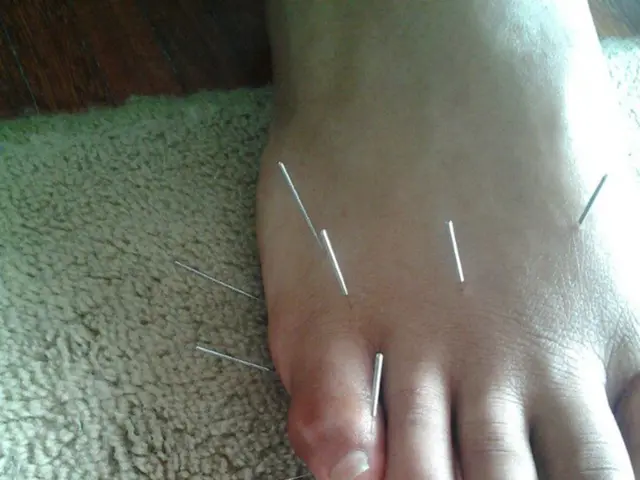Tongue-Tie More Common Than Thought: Impact on Feeding, Speech, and Oral Health
Tongue-tie, a condition known as ankyloglossia, is more prevalent than initially believed, affecting a significant number of newborns, particularly boys. This condition, caused by a short or thick frenulum, the tissue connecting the tongue to the mouth floor, can lead to various complications if left untreated.
Tongue-tie can manifest in several ways. Infants and children may experience feeding difficulties, such as trouble latching or slow feeding, while older individuals might face speech impediments, dental issues, or chronic mouth breathing. The organization medondo.health has highlighted the often underestimated impact of the frenulum on oral health and jaw development.
Diagnosis involves a simple physical examination and observation of tongue movement by a healthcare professional. Treatment options range from non-surgical approaches like bodywork, speech therapy, and feeding therapy to surgical procedures like frenotomy or frenuloplasty. These procedures are typically quick and relatively painless, with recovery times varying per individual.
Living with tongue-tie can present challenges, but seeking professional help and exploring treatment options can greatly improve quality of life. Support groups and self-care practices can also be beneficial. As tongue-tie is more common than previously thought, increased awareness and early intervention can help mitigate its potential complications.
Read also:
- Experiencing Life's Variety Firsthand: Gaining Insights from Life's Broad Spectrum of Experiences
- Impact of Complex Post-Traumatic Stress Disorder on Romantic Relationships: Symptoms, Causes, and Precautions
- Strategies for Keeping Work Reasonable and Rewarding for those with Autism and ADHD
- Impaired Driving Awareness Campaign Announced by MADD Under the Name "End Herre"








